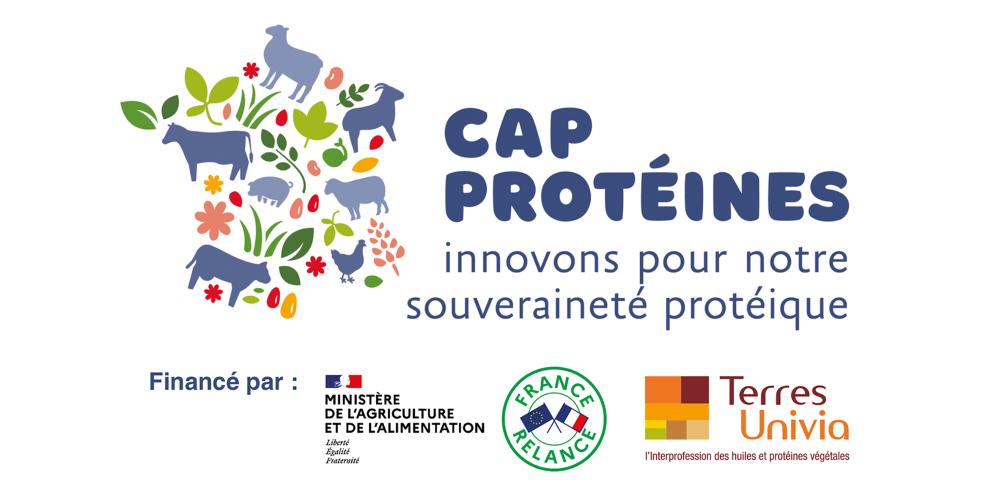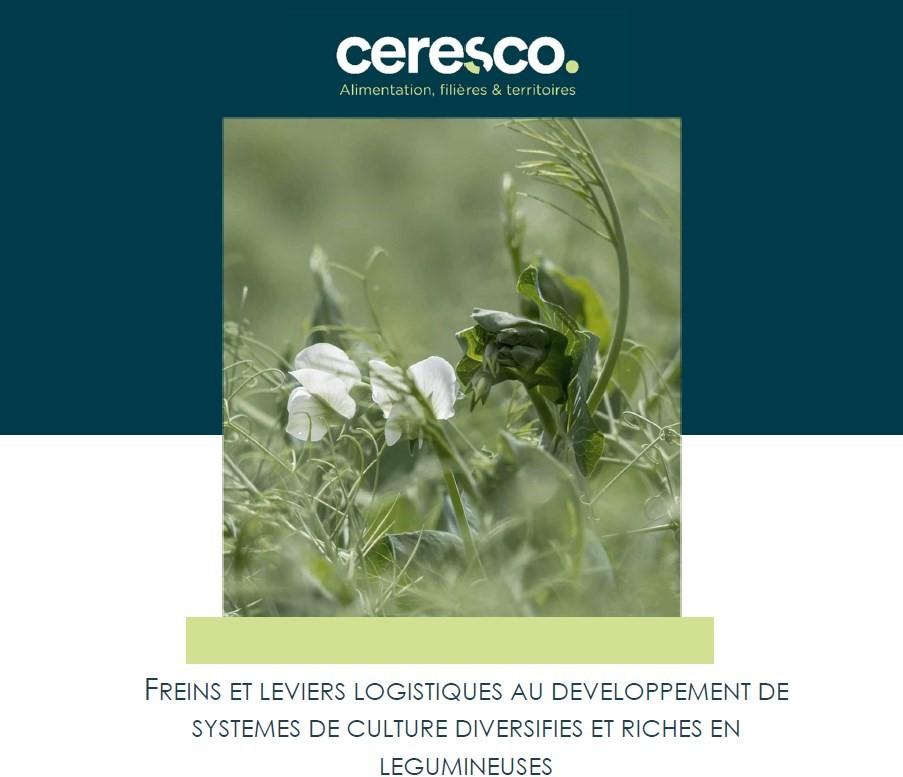Pulses sectors in eleven geo-economic areas
Pulses sectors in eleven geo-economic areas
As part of the plan to boost plant proteins in France, Terres Inovia has contributed to a study on the 'logistical obstacles and levers to the development of diversified crop systems rich in legumes', carried out by Ceresco and Circoé at the request of the Ministry of Agriculture and Food.
As recalled in the introduction to this report, 'the major agronomic and climatic interest of legumes lies in their ability to perform symbiotic nitrogen fixation from the air. [The institutional context is favourable to them, as shown by the national strategy for plant proteins, which aims to double the area cultivated with legumes between 2020 and 2030.
The logistics section is the core of the analysis, with in particular the study of typical cases allowing to approach logistics costs, expressed in €/t, which vary greatly according to the legume sectors studied. Conclusions and recommendations are formulated at the end of the report.
During the first phase of the study, eleven so-called 'geo-economic' basins were identified and described, including a presentation of the current territorial dynamics of legumes and the prospects for their development.
Each of the eleven sheets below describes a geo-economic basin: Paris Basin (sheet #1), intermediate zones (#2), Normandy Basin (#3), Centre-West (#4), Grand-Ouest with predominantly livestock farming (#5), plains of Burgundy, Rhône-Alpes and Auvergne (#6), Hauts-de-France (#7), Alsace plain (#8), Occitanie west and south-east of Nouvelle-Aquitaine (#9), predominantly maize-growing zone of the South-West (#10) and Mediterranean plains and hillsides (#11).

- Documents à télécharger :
- Fiche 1 - Dans le bassin parisien, les légumineuses représentent près de 5,2% de la SAU en moyenne.
- Fiche 2 - Dans les zones intermédiaires, les légumineuses occupent 5,3% de la SAU en moyenne.
- Fiche 3 - Dans le bassin normand, la part des légumineuses dans la SAU ne dépasse pas les 3,1% en moyenne.
- Fiche 4 - Dans le Centre-Ouest, les légumineuses occupent 4,8% de la SAU en moyenne.
- Fiche 5 - Dans le Grand Ouest à dominante élevage, les légumineuses occupent en revanche une faible part de la SAU (3,1% en moyenne).
- Fiche 6 - La part des légumineuses dans sur le bassin AURA reste relativement faible (5,1% de la SAU en moyenne).
- Fiche 7 - Les légumineuses, peu compétitives, par rapport à ces cultures occupent seulement 2,3% de la SAU en moyenne dans les Hauts-de-France.
- Fiche 8 - Les légumineuses, peu concurrentielles face au maïs sont donc peu présentes dans la sole alsacienne (3,4% de la SAU en moyenne).
- Fiche 9 - Les légumineuses occupent une part relativement importante de la SAU du Sud-Ouest (11% en moyenne) par rapport aux autres bassins.
- Fiche 10 - Les légumineuses occupent 4,3% de la SAU en moyenne du Sud-Ouest maïsicole.
- Fiche 11 - Les légumineuses occupent une part très importante en comparaison des autres bassins (16,2% en moyenne) dans les plaines et coteaux méditerranéens.
